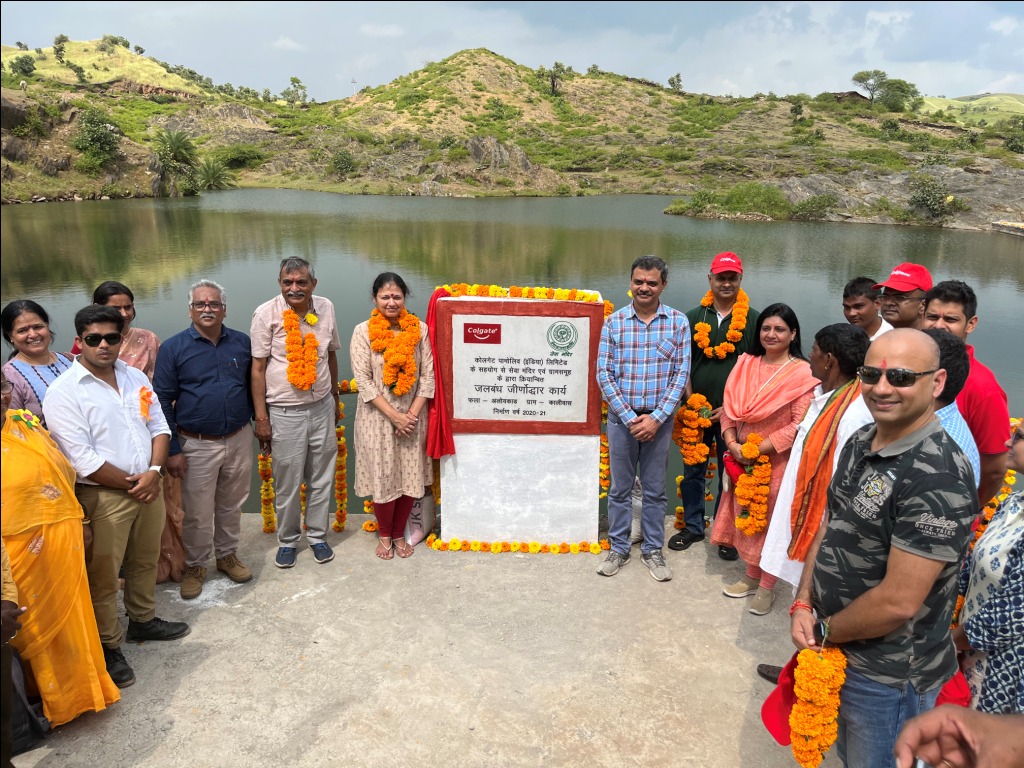The Role of Efficient Water Management in Farming for Sustainable Development
Regards,
Related Articles
How microplastics in drinking water magnify the importance of food-grade rPET
From the depths of the oceans to the peaks of the Himalayas, Microplastics are everywhere. Research across India has discovered significant microplastic presence in...
Supporting Working Parents: How Childcare Benefits Drive Engagement and Ensure Compliance
Working parents form one of the most significant and skilled groups in the modern workforce. Their ability to balance work and caregiving directly impacts...
How to Spot Greenwashing and Choose Truly Sustainable Products
In India, the rise of greenwashing has been particularly noticeable as sustainability becomes a mainstream expectation. Brands often deploy sweeping green terms without scientific...



